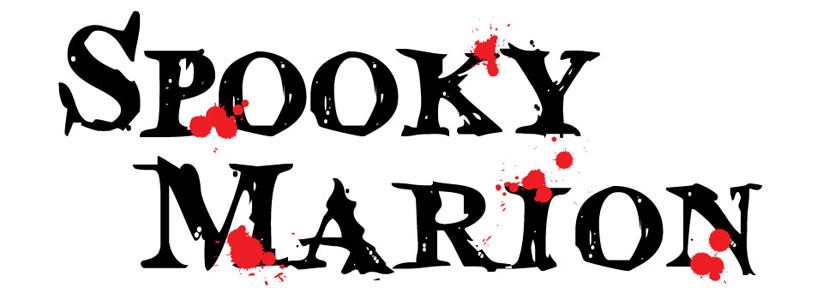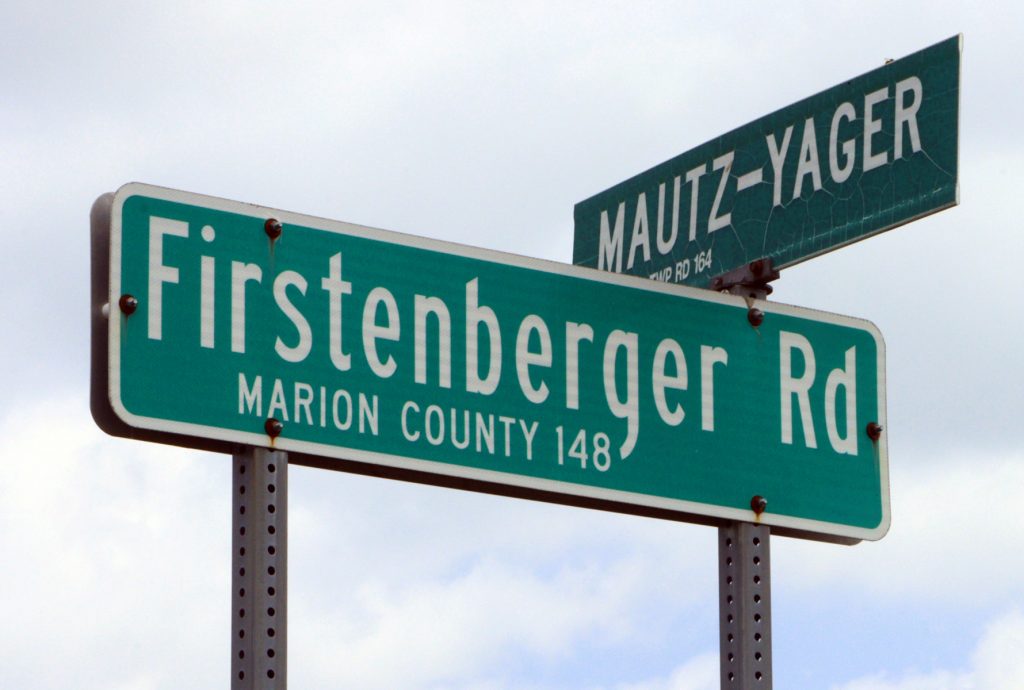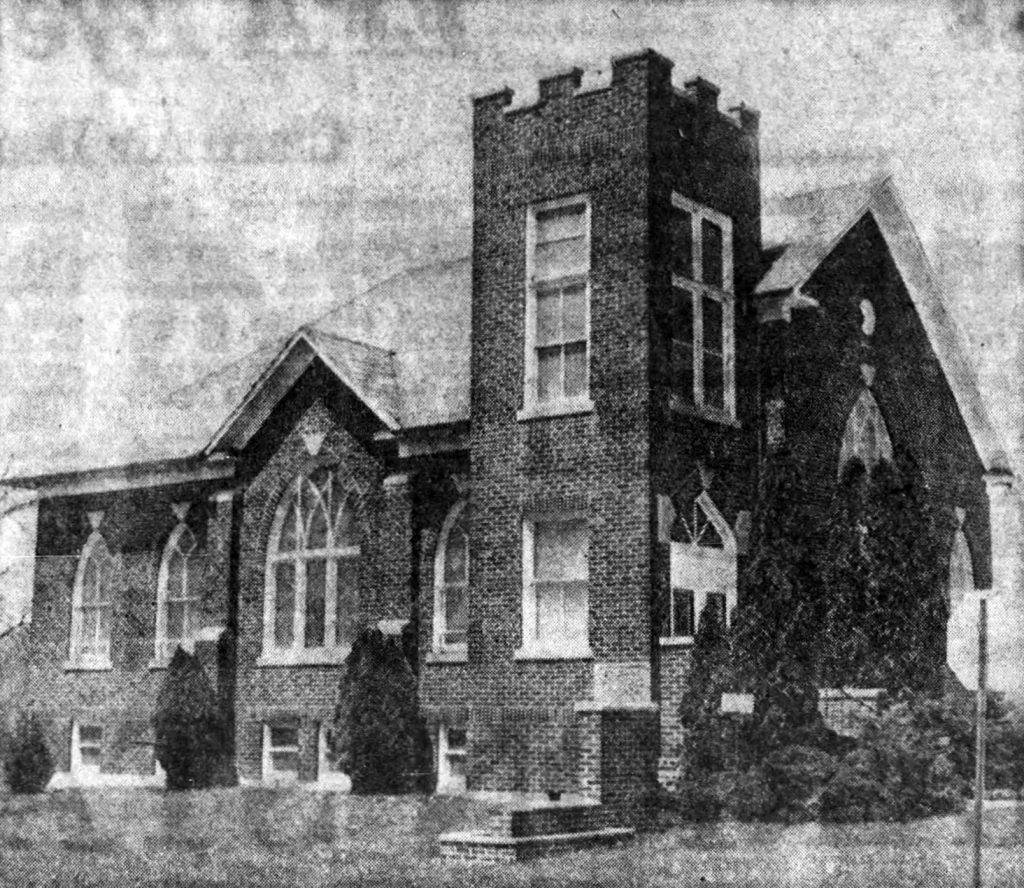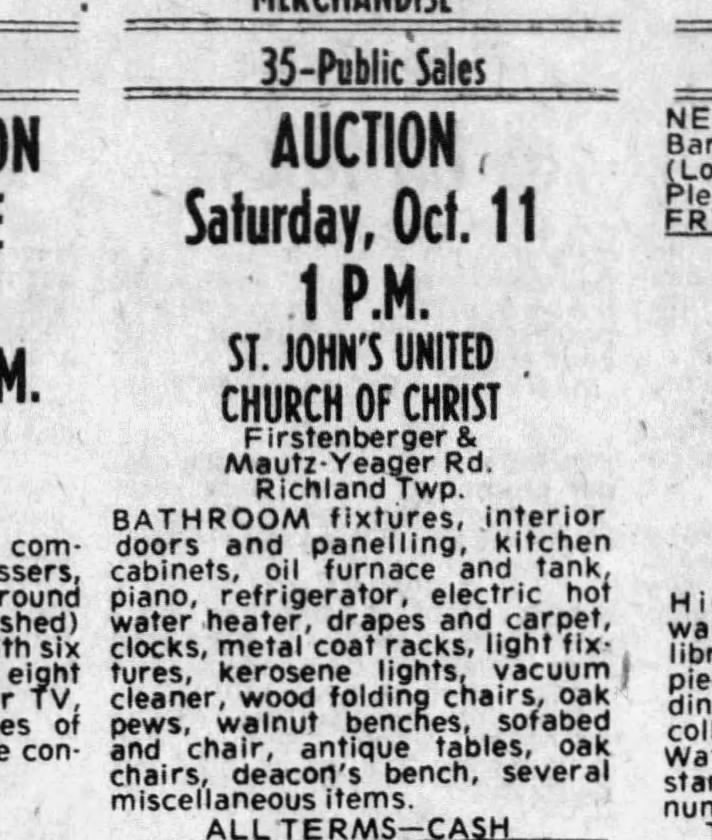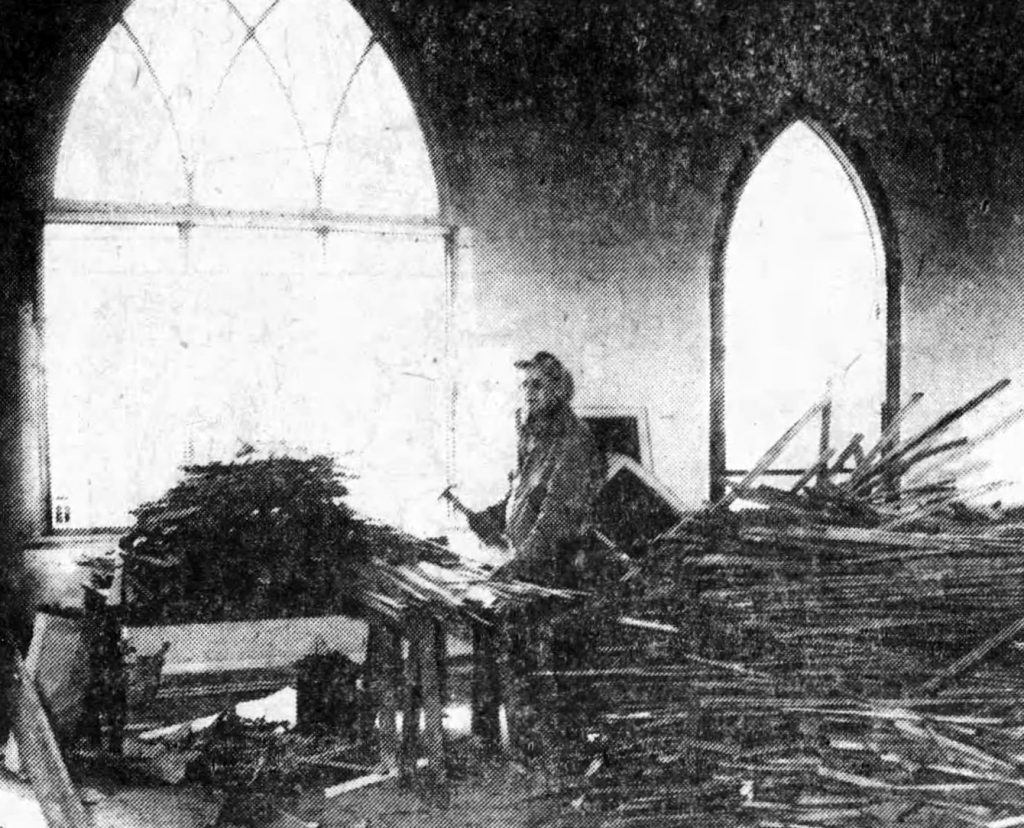In July of 2025 I contacted Jacqueline “Jac” Psyhogios at Laipply’s Printing & Marketing Solutions because I’d heard she had a couple of good ghost stories about the place. Amazingly, she didn’t think I was a complete weirdo and graciously agreed to share them with me that September.
Jac’s parents, Ron and Effie Laipply, started the printing business in 1973. The shop was originally located at 120 S. Main Street, but in 1978, needing more shop space and better parking, the Laipplys decided to relocate to 270 E. Center Street. The new location was a house – one of the oldest in Marion – and as the years passed, peculiar stories about the house began to make the rounds.

Although the exact date is unclear, most sources agree that the house was built in the early 1830s. Constructed in the so-called Greek Revival style, the house featured a symmetrical façade and balanced proportions reminiscent of an ancient Greek temple. In a 1977 interview with the Marion Star, Carroll Neidhart, one of the founding members of the Marion County Historical Society, said the house, as one of the few at the time made of brick rather than logs, would have been impressive. An early occupant was probably Judge Ozias Bowen, a seminal figure in early Marion history.
After Ron and Effie purchased the house, Neidhart offered to assist in restoring the home to its original grandeur. In return for his efforts, the Laipplys agreed to let the Marion County Historical Society use the upstairs as their headquarters, which they did until relocating to 255 S. Main Street in the early 1980s.
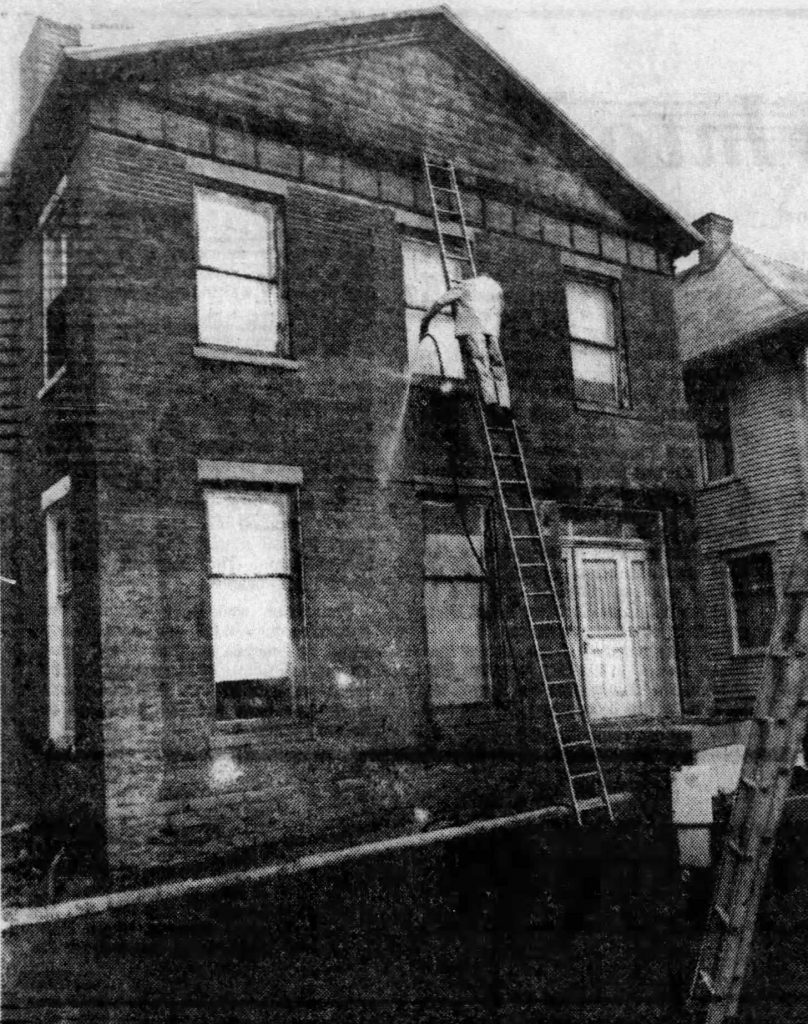
For her part, Jac told the Star in 2021 that “In my younger years, I never even considered buying the family printing business.” She left Marion for Ohio University after high school, and following graduation, her career took her to Cincinnati, Milwaukee, Chicago, and finally New York City, where she served as a VP of sales for Liz Claiborne. Life takes unexpected turns, though, and after a health scare, Jac decided to return to Marion in late 2007. “It suddenly became very important to be closer to family,” she told the Star. In 2008, she began working at Laipply’s and in 2010 she began buying out the business. Today, she and her husband, Bill, are the owners.
Jac began by telling me a few stories about the two shop cats, Copy Cat and, later, Carbon Copy (or CC for short). Copy Cat, a rescue Ron and Effie found up at Lake Erie, lived full-time at Laipply’s.
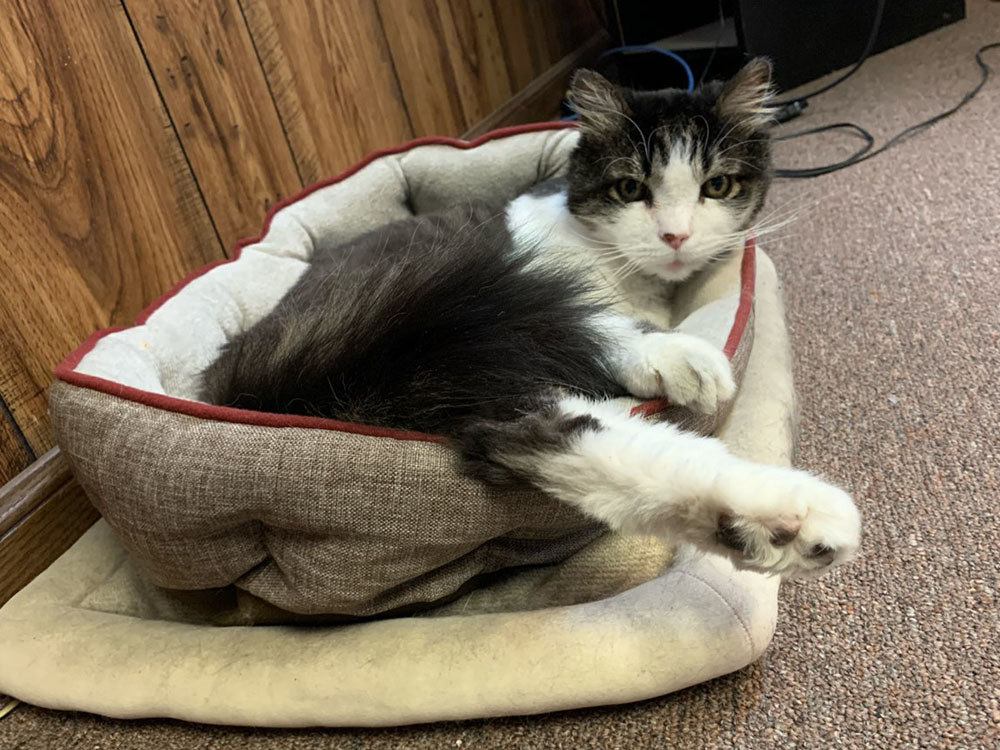
From her office, Jac has a view of a hallway closet, and Copy Cat used to sit in front of the closed door. “He would bat at the door with his paws and then suddenly just take off like a shot. I mean, he would probably not hit three steps on the way down [the stairs]. It would happen all the time,” she said.
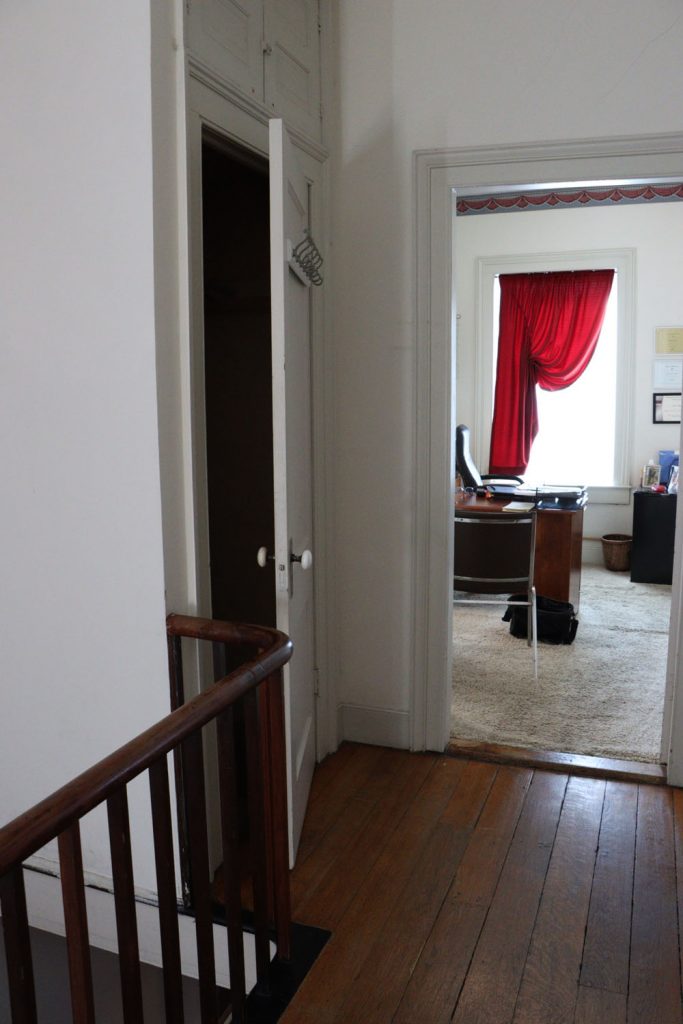
The basement was another area of the shop that made Copy Cat uneasy. To be fair, Jac avoided the basement as well. “I was up here [at Laipply’s] all the time as a kid, and I’ve been back [in Marion] for almost eighteen years – I’ve never set foot in the basement. It scares me.” The closest she came was when her husband was carrying some boxes down into the basement for storage. “I think I went down to the halfway point and pointed to where he should put them, and that was about it for me.”
“Copy Cat would never, ever go into the basement, either. He would stand at the top of [the stairs] but would never go down. One day my dad went down into the basement with a press operator, and Copy Cat must have been feeling brave. He went down there with them. They didn’t realize that he’d come down there and accidentally shut him in the dark for hours.” Later, when the employees noticed Copy Cat was missing, someone opened the door and the poor cat “shot out of the basement terrified. Ears pinned back, fur standing on end. And he never went near the basement again.”
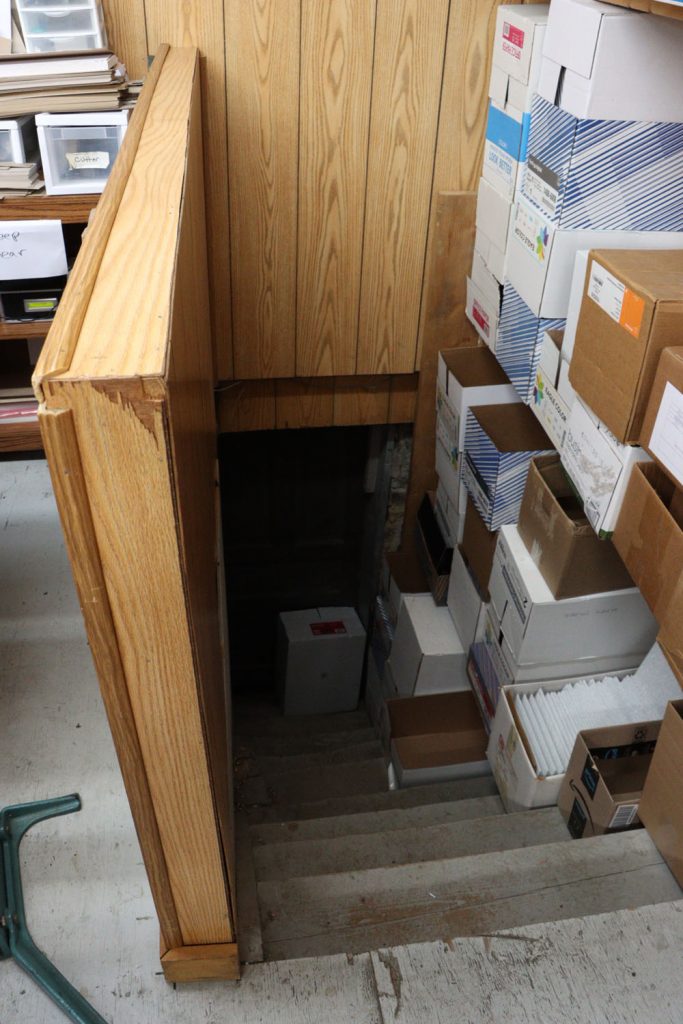
Eventually, though, Copy Cat developed a blockage in his heart that was causing pain and difficulty breathing. The family decided the most humane option would be to put him down. The following morning, one of Laipply’s employees spotted another cat right outside the shop with more than a passing resemblance to Copy Cat. “When the new cat jumped right into her arms, she asked, ‘Can we keep her?’” Jac told me. Everyone began calling the new cat Carbon Copy or CC for short.
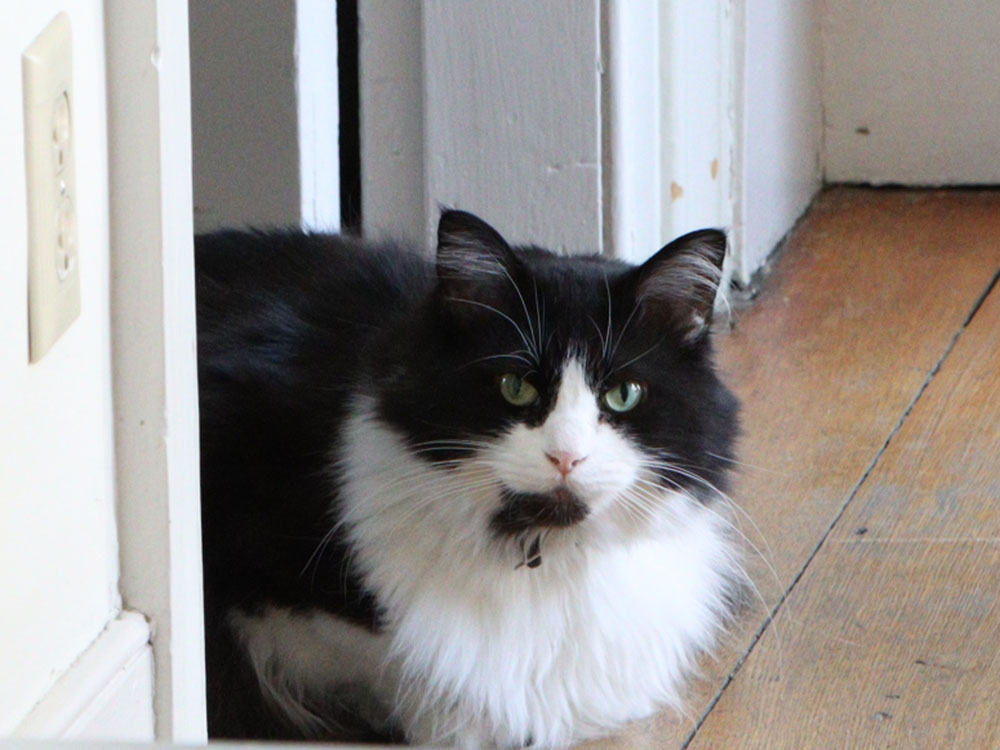
Another story Jac told me involved the so-called overnight man. Back in the 1980s, when a lot of the work was still done manually, Laipply’s was running three shifts. “The overnight guy was a big, burly, motorcycle-driving, bearded, husky guy. He was a press operator.” Part of his job was “shooting plates,” which, in the pre-digital era, meant shooting images of layouts with a specialized process camera and then transferring those images to light-sensitive metal plates that would be used in the printing presses. This process required a darkroom, which, at Laipply’s, was up on the second floor. “This guy,” continued Jac, “would swear that he would turn on the hallway light, go into the darkroom, shut the door, shoot plates, and when he would come back out, the hallway lights would be off. He thought, ‘Maybe I just didn’t turn the lights on.’ He’d switch the lights on, go back in the darkroom for fifteen minutes, and when he’d come back out, the lights were off again.”
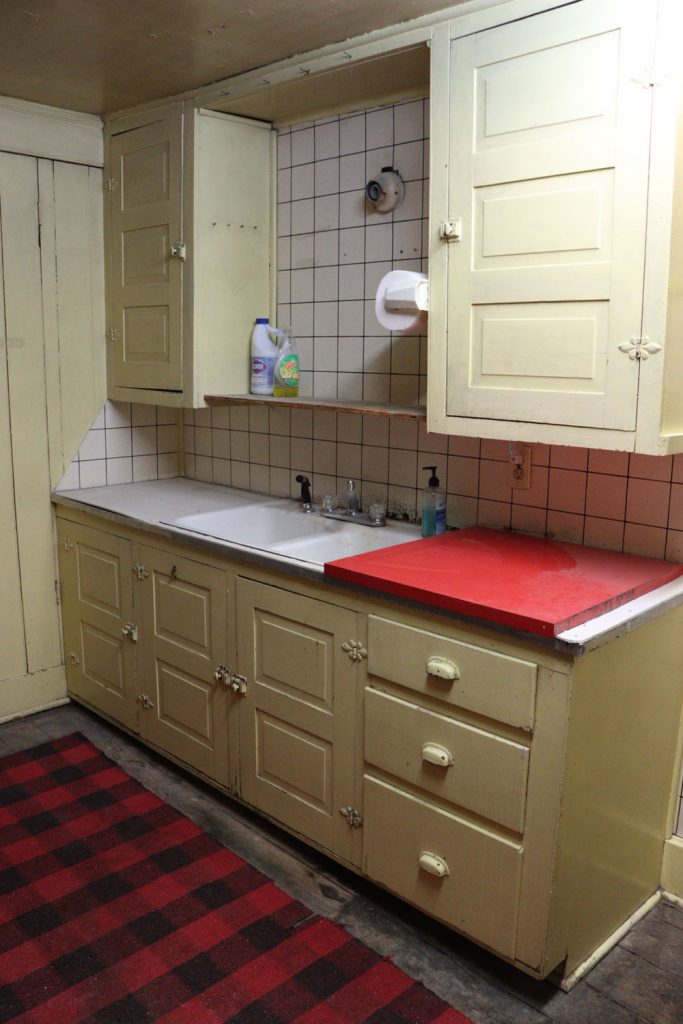
Things culminated one night when the man confronted the specter of an old woman carrying a candle and wearing an old-fashioned nightgown on the second floor. After this incident, the man told Mr. Laipply that he would never work the overnight shift again.
As our conversation wound down, Jac gave me a tour of the shop. She cheerfully pointed out features of the house that were original as well as the additions the Laipplys had added over the years.
As we made our way through the building, Jac half-jokingly asked one of the employees if she’d ever experienced anything spooky. The woman replied that she used to hear footsteps from the apartment upstairs, especially when she stayed late. Disturbingly, nobody was living up there at the time.
“I don’t think you’ve ever shared that footsteps story with me,” Jac said.
The old house, it seems, still has a few stories waiting to be told.
Sources:
- “Marion Business Celebrates a Golden Milestone” The Marion Star, 3 July 2023
- “Old Brick Dwelling has Tales to Tell” The Marion Star, 20 November 1977
- “Labor of Love Nears Completion” The Marion Star,13 May 1979
- “Former President Notes Historical Center’s Past” The Marion Star, 12 October 1982
- “Celebrating 14 Years of Growth in Marion” The Marion Star, 29 March 1987
- “Marion’s Secret Underground” The Marion Star, 20 July 1999
- “Aces of Trades: Adversity brings Psyhogios home to run Laipply’s Printing in Marion” The Marion Star, 16 March 2021
- Marion, Ohio Then & Now, Randy Winland, 2024
